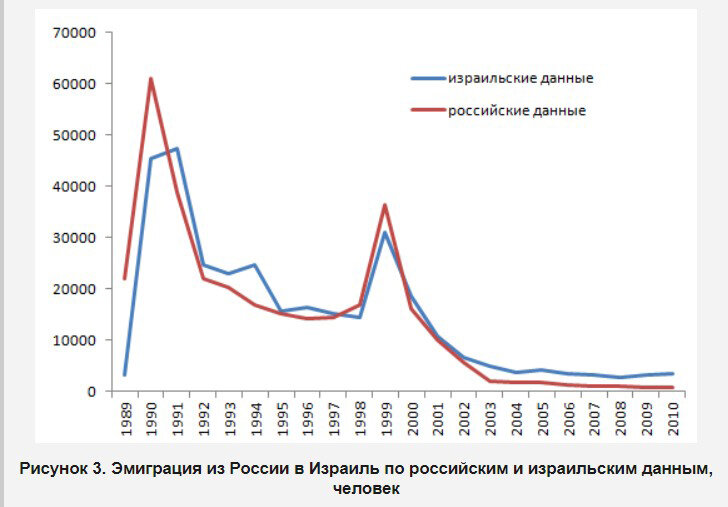читайте также
 Spain’s Real Estate: Record Prices and Falling Yields
Spain’s Real Estate: Record Prices and Falling Yields
 Fuel crisis at Seattle Airport: the Olympic Pipeline outage has disrupted supplies
Fuel crisis at Seattle Airport: the Olympic Pipeline outage has disrupted supplies
 European Hotel Construction Market Breaks Records: Upper Upscale Segment Reaches New Heights
European Hotel Construction Market Breaks Records: Upper Upscale Segment Reaches New Heights
 Middle East Hotel Construction Pipeline Hits Record High: 659 Projects and 163,816 Rooms Under Development
Middle East Hotel Construction Pipeline Hits Record High: 659 Projects and 163,816 Rooms Under Development
 New Rules for Greece’s Golden Visa: What Changes for Investors
New Rules for Greece’s Golden Visa: What Changes for Investors
 Holiday Travel 2025: Less Spending, More Generational Shifts — Deloitte’s New Forecast
Holiday Travel 2025: Less Spending, More Generational Shifts — Deloitte’s New Forecast
Over 95,000 Russians Have Relocated to Israel

Dmitry Hendelman, an adviser to the Israeli Prime Minister, revealed in an interview with RIA Novosti that since early 2022, more than 95,000 Russian nationals have immigrated to Israel. The total number of new immigrants (olim) during this period has surpassed 143,000.
Israel’s Ministry of Aliyah and Integration noted that tens of thousands of new olim arrived in Israel in 2024, with the government providing them with a broad range of support services, including temporary accommodation in hotels, intensive Hebrew courses, employment assistance, and special programs for children. The country has also invested substantial resources in helping immigrants integrate into the job market, secure housing, access education, and become part of local communities.
Despite the October 7, 2023 attack and the ensuing war, the wave of immigration has not slowed down.
Historical Context of Russian-Speaking Immigration to Israel
According to Demoscope, citing official statistics, between 1949 and 1989, around 218,000 immigrants born in the USSR moved to Israel, accounting for 12% of all new olim during that time. The major wave of immigration occurred after the fall of the Soviet Union, with over 998,000 people from former Soviet republics settling in Israel between 1990 and 2011. The majority of these immigrants came from Russia and Ukraine, each contributing around 330,000 people.
The immigration pattern from Russia has seen several peaks over the years, with surges following the liberalization of emigration from the USSR and the 1998 financial crisis. However, after 2000, Russian aliyah declined significantly, likely due to the shrinking Jewish population in Russia.
According to the 1989 Soviet Census, nearly 540,000 Jews lived in Russia, but by 2010, that number had dropped to just 157,000. In 2011, only 973 Russians moved to Israel, and for several years, annual immigration levels fluctuated between 2,000 and 4,000.

The latest significant surge occurred in 2022, when Israel recorded the highest number of arrivals in 23 years. Between January and December 2022, over 70,000 immigrants from 95 countries arrived in Israel—a 2.4-fold increase compared to 2021 (28,000). Among them, 37,000 came from Russia and 14,600 from Ukraine, a trend largely attributed to the ongoing war.
Between September 26, 2022, and September 12, 2023, Israel welcomed** 63,956 new olim**, with 47,561 (nearly 75%) originating from Russia. The Tel Aviv and Central Districts were the most popular settlement areas, housing 23,080 Russian immigrants. Ukraine ranked second, with 3,280 olim, most of whom settled in Haifa and the Northern District.
From September 16, 2023, to September 19, 2024, another 31,000 olim arrived, of whom 19,850 were from Russia. According to Israel’s Ministry of Aliyah and Integration, in 2022, 165,000 Jews and 600,000 individuals eligible for aliyah under the Law of Return were still residing in Russia.
Return Migration to Russia and Financial Struggles in Israel
Despite record-breaking immigration figures, Israel’s Ambassador to Moscow, Simona Halperin, recently [leech=https://tass.ru/mezhdunarodnaya-panorama/22987761]stated in an interview with TASS that some Russian immigrants have started returning to Russia. While exact statistics are unavailable, she noted that many new olim obtain Israeli citizenship but continue living in Russia or divide their time between the two countries.
“Israel recognizes dual, triple, and even quadruple citizenships, so this is not an issue,” she explained.
Economic challenges may be a key reason behind this trend. Although new immigrants receive financial aid and access to adaptation programs, many struggle with learning Hebrew and securing well-paying jobs.
According to Vesty, citing a Social Finance Israel (SFI) report, the minimum cost of living in Israel in 2024 was 5,355 shekels ($1,500) per person and 13,617 shekels ($3,800) for a family of four, a 7% increase year-over-year.
SFI data indicates that living expenses have risen sharply:
A single person now needs 4,000 shekels ($1,100) more per year than in 2023 to cover basic needs.
A family requires an additional 10,500 shekels ($2,900) annually to maintain the same standard of living.
Nearly 1 million Israelis (9.4%) struggle to pay their utility bills, while 21% are overdrawn on their bank accounts.
SFI CEO Yaron Neuderfer attributed the spike in expenses primarily to soaring inflation, which has eroded purchasing power and pushed many families to the financial brink.
Similarly, a report by the advocacy group Sacher Ogen (Fair Wages) found that Israel’s minimum wage (5,300 shekels, or ~$1,500 per month) covers only 70% of essential monthly expenses. This is about 2,000 shekels ($560) less than the amount needed for a basic but comfortable life.
The recent wave of Russian aliyah is one of the largest in decades, yet the experience of new arrivals has been far from seamless.
While Israel remains a destination of choice for many seeking safety and stability, integration challenges, language barriers, and a high cost of living have led some olim to reconsider their move.
Additionally, with ongoing geopolitical instability, security concerns, and economic uncertainties, Israel faces the difficult task of maintaining its immigration policies while ensuring long-term sustainability for new arrivals.
For many Russian olim, the decision to stay or return will likely hinge on economic opportunities and their ability to successfully integrate into Israeli society.





